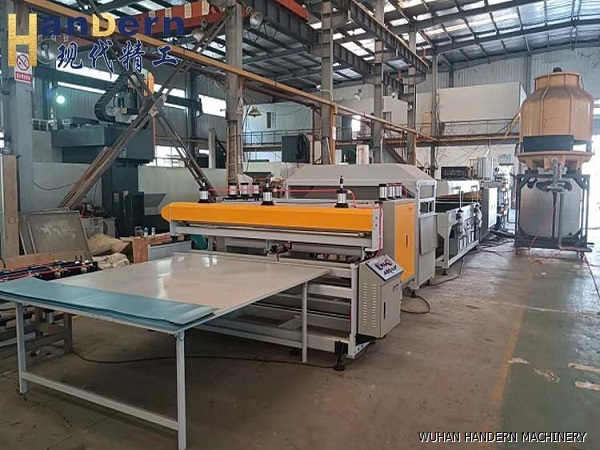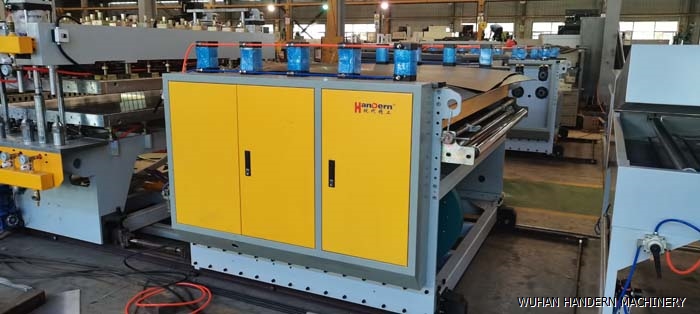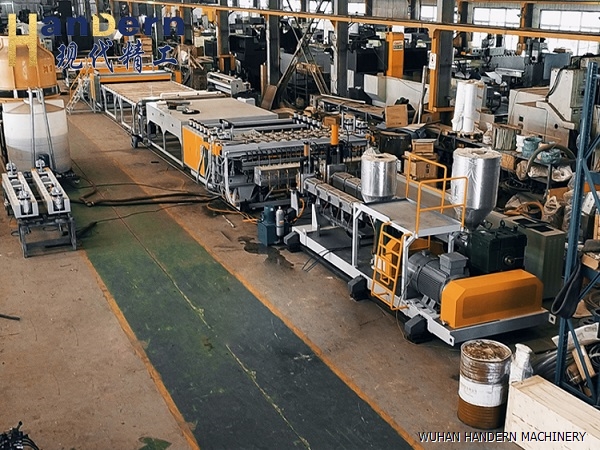How to prevent static electricity during the operation of plastic hollow board production line
DATE:2024/9/2 14:44:35 / READ: / SOURCE:This station
How to prevent static electricity has always been mentioned and valued in the production process of plastic hollow boards. Static electricity has a significant impact on the production of hollow boards. On the one hand, it can affect the quality of products, and on the other hand, it can also pose certain hidden dangers to production safety and the environment. So how should we handle static electricity correctly? The following is a detailed discussion on the causes, impacts, and preventive measures of static electricity generated during the operation of plastic hollow board production lines.

The generation of static electricity in various stages of plastic hollow board production is mainly caused by the following aspects:
Frictional charge: During the production process, plastic particles rub against equipment, conveyor belts, or other objects during transportation, heating, and extrusion, which can easily generate frictional charges. Due to the electrical insulation of plastic materials, these charges are not easily dispersed, leading to static electricity accumulation.
Rapid flow: During the extrusion process, molten plastic flows rapidly inside the mold, and due to the effects of high temperature and pressure, it is prone to charge separation, resulting in static electricity.
Environmental factors: Low humidity conditions can exacerbate the generation of static electricity. In dry air, static electricity is more likely to accumulate and less likely to be released, which is particularly evident in winter or indoors with air conditioning.

2. The impact of static electricity on production and products
The presence of static electricity may bring the following negative effects:Product defects: Static electricity can cause the accumulation of plastic particles during the production process, affecting the uniform flow of molten plastic and increasing the defect rate of finished products, such as bubbles, surface scratches, and uneven thickness.
Impact on production safety: Static electricity may cause equipment failure, especially when handling flammable and explosive materials. Electrostatic discharge may cause safety accidents such as fires or explosions, posing a threat to the production environment.
Reduced production efficiency: Static electricity may cause adhesion of finished products during transportation and storage, reducing production efficiency and increasing subsequent cleaning and processing workload.

3. Static electricity prevention and control measures
In order to effectively control static electricity issues, the production line can take the following preventive measures:Environmental humidity management: Maintaining appropriate humidity (generally recommended between 50% -60%) in the operating environment of the plastic hollow board production line can effectively reduce the accumulation of static electricity.
Grounding system: Ensure that all equipment and conveying devices are properly grounded to promptly discharge any static electricity generated. Regularly check whether the grounding system is effective and ensure its normal operation.
Use anti-static materials: Some anti-static additives can be added to plastic raw materials to reduce the generation of static electricity. Simultaneously using conveyor belts and tooling equipment with anti-static properties to reduce the impact of static electricity.
Static elimination equipment: Install static eliminators, such as ion air guns, at critical stages of the production line to effectively neutralize static charges.
Regular cleaning and maintenance: Keeping the equipment and surrounding environment clean can reduce the friction source generated by static electricity and reduce the accumulation of static electricity.
Author:admin




